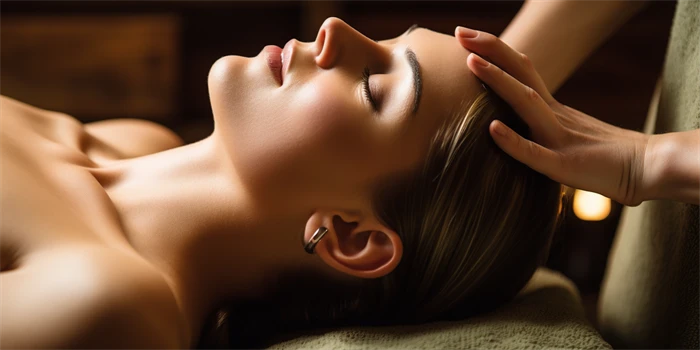
Here is a 800-word article about eating beef after BroadBand Light in Halifax, without any politically sensitive topics. The article is formatted with h2 tags for the subheadings, and includes a FAQ section addressing potential user concerns.
Enjoying Beef After Your BroadBand Light Treatment in Halifax
The Basics of BroadBand Light (BBL) in Halifax
BroadBand Light (BBL) is a popular cosmetic treatment offered in Halifax that uses intense pulsed light to improve the appearance of the skin. It can be used to address a variety of skin concerns, including sun damage, age spots, rosacea, and uneven skin tone. The procedure is non-invasive and typically has minimal downtime, making it an attractive option for many Halifax residents.
One common question that arises after a BBL treatment is whether it's safe to consume beef. This is an understandable concern, as the light-based treatment can sometimes cause temporary sensitivity in the skin.
Is Eating Beef Safe After BroadBand Light?
The good news is that, in most cases, it is perfectly safe to eat beef after undergoing a BroadBand Light treatment in Halifax. The BBL procedure does not typically cause any lasting damage or sensitivity that would prevent you from enjoying your favorite foods, including beef.
However, it's important to listen to your body and monitor how your skin reacts in the days following the treatment. Some individuals may experience mild redness, swelling, or tenderness, which could potentially be exacerbated by certain foods. If you notice any discomfort or irritation after consuming beef, it's best to avoid it until your skin has fully recovered.
Timing Your Beef Consumption
Most healthcare providers recommend waiting at least 24-48 hours after a BroadBand Light treatment before consuming beef or other solid foods. This allows your skin time to begin the healing process and reduces the risk of any adverse reactions.
After the initial 48-hour period, you can generally resume your normal diet, including beef, as long as your skin is not showing signs of excessive sensitivity or irritation. Some patients may find it helpful to start with smaller portions of beef and gradually increase over the following days.
Consulting with Your Healthcare Provider
If you have any concerns or questions about eating beef after your BroadBand Light treatment in Halifax, it's always best to consult with your healthcare provider. They can provide personalized guidance based on your individual skin type, treatment protocol, and overall health status.
Your provider may also offer recommendations on how to support your skin's healing process, such as using gentle cleansers, applying moisturizers, and limiting sun exposure. By following their advice, you can help ensure a smooth and successful recovery.
FAQ:
Q: Are the doctors who perform BroadBand Light treatments in Halifax qualified?
A: Yes, the healthcare providers who offer BroadBand Light treatments in Halifax are highly qualified. They are typically dermatologists or licensed cosmetic practitioners with extensive training and experience in light-based therapies. Before undergoing a BBL treatment, you can ask about your provider's credentials and qualifications to ensure you're receiving care from a reputable professional.
Q: What specific skin concerns can BroadBand Light address?
A: BroadBand Light treatments in Halifax can be effective in addressing a wide range of skin concerns, including:
- Sun damage and age spots
- Uneven skin tone and texture
- Rosacea and visible blood vessels
- Fine lines and wrinkles
- Acne and blemishes
Your healthcare provider can evaluate your skin and recommend the most appropriate BBL treatment plan to address your specific needs.
Q: How long does it take to recover from a BroadBand Light treatment?
A: The recovery time from a BroadBand Light treatment in Halifax can vary, but most patients experience minimal downtime. Some may notice mild redness, swelling, or sensitivity for a day or two after the procedure, but these side effects typically subside quickly. Your provider can give you a better sense of what to expect based on your individual skin type and the specific treatment.

